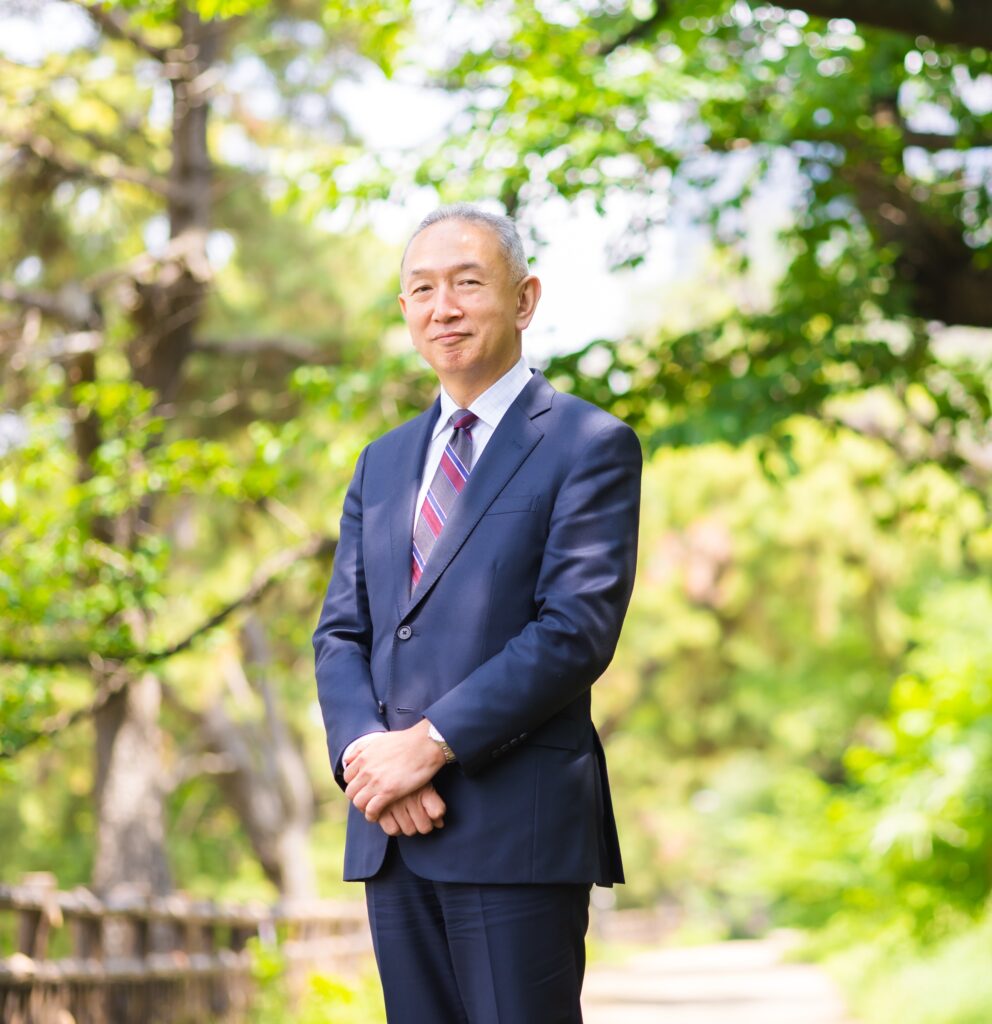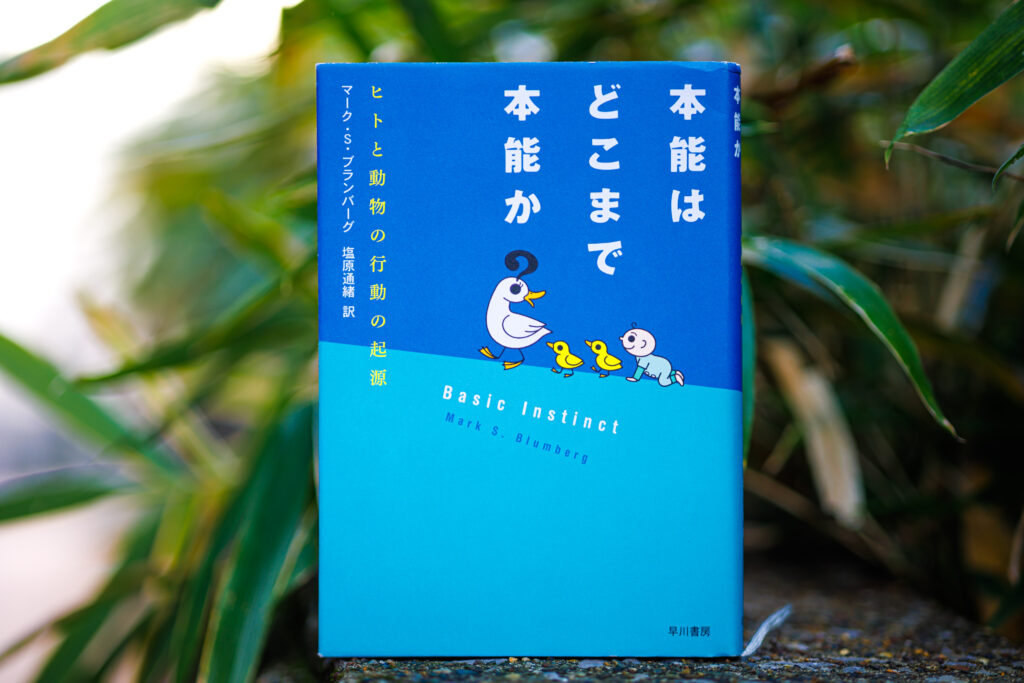
Professor Yoshiaki Terumichi from the Faculty of Science and Technology conducts research under the theme of Tokaido Shinkansen safety from the perspective of mechanics. He talks about numerical simulation of earthquakes, research into the mechanism behind the movements of trains and rails, and Sophia University’s project regarding railway development research in developing countries.
During peak hours, the Tokaido Shinkansen (Japanese bullet train)—which travels from Tokyo to Nagoya in approximately one and a half hours—has more than 10 trains departing Tokyo Station in an hour. In addition to its punctuality of arriving on schedule at its destinations, more than anything else, it is commended globally for having zero fatality or injury of passengers since it started operation. This is the result of a consistent commitment to safety. I conduct joint research with Central Japan Railway Company (JR Central) under the theme of Tokaido Shinkansen safety from the perspective of mechanics.
The core of my research is the computer simulation of the Shinkansen’s movement—known as dynamic behavior in academic terms—when running at high speeds. That is to say, my research revolves around the development of simulation technology. One research achievement is numerical simulation that allows insight into the movements of trains and rails when an earthquake occurs while the train is moving. After entering the necessary information, such as speed and earthquake values, the movement is quantified and displayed on the screen. The most important thing for numerical simulation is accuracy when checked against the actual phenomenon. Repeated trial-and-error is undertaken to get as close as 100% to the actual behavior.
Simulation also showed the cause of the phenomenon

JR Central has a system that allows experiments to be conducted using actual rails and trains. This is the ideal environment for experiments, but it is not easy to operate due to the extensive equipment required. In such cases, the numerical simulations that we have developed come in useful. We can safely test and make predictions on behavior for major earthquakes and other extreme conditions.
Using these numerical simulations, we also succeeded in showing the mechanism behind the occurrence of movement. The results obtained from analyzing the behaviors of trains and movements of rails during the occurrence of major earthquakes are helpful in the development of safety equipment for the Shinkansen. Specifically, it is found in the form of guard rails installed on railways to prevent derailment.
Focusing on research of railway networks in developing countries
Society has need for the Shinkansen because it is possible to travel long distances comfortably for a reasonable fare. Deeply moved by the stance of railway operators who state passionately that “railway’s only proposition is safety” and pay particular attention to safety while meeting the needs of society, I have continued to conduct joint research with them for more than 10 years. Without such an encounter, I would probably have focused only on speed in the research of high-speed rail systems. I learned that it is necessary to have a broad perspective in research, and that it is important to undertake research while thinking about its application in society.
This is also being applied in Sophia University’s project on the research of railway networks in developing countries that started in 2017. Focusing on Africa and other developing countries, this research explores how railway networks should be built to address the issues of poverty, education, and the environment. The cost of academic research is funded by a grant from the national government. Besides mechanical engineering, we also gather researchers in various fields, including electrical engineering, system engineering, and even development economics and development education, transcending the boundaries of humanities and science as we advance research. In reality, there are many hurdles, but I also hope to focus efforts on this research in hope of fulfilling the dream of seeing a high-speed railway network being built in Africa someday.
The book I recommend
“Basic Instinct: The Genesis of Behavior”
by Mark S. Blumberg, Japanese translation by Michio Shiobara, Hayakawa Publishing

This is a nonfiction book by a neuroscientist who advocates the importance of understanding the impact that instincts—which give shape to behavior and cognition—have on development. Reading this book made me feel that social structure is created by the behaviors and instincts of individuals and life itself. This is an important perspective when undertaking research and social contribution.
-
Yoshiaki Terumichi
- Professor
Department of Engineering and Applied Sciences
Faculty of Science and Technology
- Professor
-
Graduated from the Department of Mechanical Engineering, Faculty of Science and Technology, Keio University, and received his Ph.D in Engineering after completing the doctoral program in Mechanical Engineering at the university’s Graduate School of Science and Technology. Took on several positions—such as research associate at the University of Tokyo’s Institute of Industrial Science as well as associate professor and professor at the Department of Mechanical Engineering, Faculty of Science and Technology, Sophia University—before assuming his current position in 2008. Serves as President of Sophia University since being appointed in April 2017.
- Department of Engineering and Applied Sciences
Interviewed: June 2022